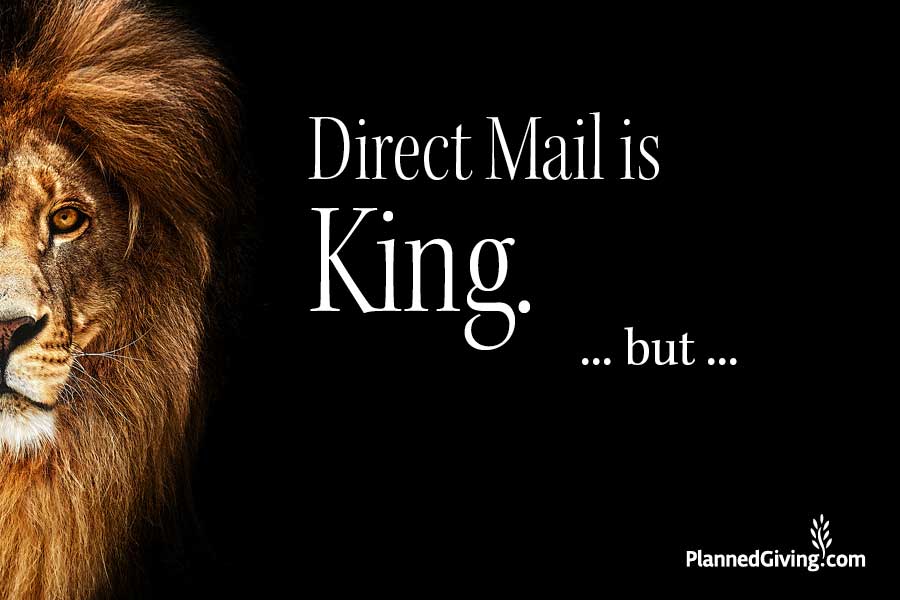These 10 common blunders are sure to do the trick.Direct mail is king. But kings can be dethroned. Well-intentioned organizations do it all the time. Avoid these common mistakes to ensure your direct mail campaign is as kingly as it should be.
10. Reinvent the wheel.
There’s a reason many of the best sales and advertising techniques haven’t changed in decades. Because they work! Don’t waste time and money trying to reinvent the wheel. Trust the marketing experts and go with what works.
9. Fret about the length.
The word count of your direct mail piece is not nearly as important as the content. It could be two lines on a postcard or a four-page letter. If the heart, the pain and the appeal are well written, the length doesn’t matter.
8. Apologize for typos.
If you catch a typo after your mailing went out, do not—I repeat do not—senda follow-up to correct it. I bet your mistake wasn’t as bad as this one, and look how good it turned out for them. (Link to Jefferson article.)
7. Write the copy yourself.
Outsource, outsource, outsource! Unless you happen to be a professional writer, do not waste your time. Even if you are a good writer, your time is valuable and better spent on other things.
6. Over-analyze and over-edit your print pieces.
Activities like switching out that photo (again) or debating whether or not to use the word ‘that’ have a terrible R.O.I. Do not waste your time! Your donors do not pay that close attention, nor do they care.
5. Use a bad list.
This seems obvious, but we see many organizations make this mistake. Your print mail campaign will only be as good as your mailing list. If you’re promoting CGAs to deceased people or women in their 30s juggling career and family, don’t expect a big response.
4. Use address labels.
So impersonal. So sloppy. (Think about it—are they ever really on straight?) Stay away from labels and instead use laser printing. Or even better—handwritten addresses on the envelopes. You can recruit volunteers to write the addresses. It’s a great way to encourage donor engagement, add a special extra touch to your mailing, and vastly increase the chances that envelope gets opened.
3. Make your appeal institutional.
No one wants to read a letter from an institution. People want to read letters from people. Your direct mail should sound as if you are writing to your favorite aunt or old college roommate. Write with energy. Include anecdotes. Let your personality come through. Consider having your piece come from the point of view of a volunteer, board member or donor. Some of the most successful solicitation letters we’ve done for clients were the ones where we interviewed a donor and wrote the letter in their tone, telling their story.
2. Get as many opinions as possible.
Too many cooks in the kitchen spoil the broth. It’s true. Even if they’re all good cooks! If you hire a marketing expert to craft your direct mail piece, do not solicit opinions on it from your board chair, your boss, your legal advisor and the colleague who used to teach high school English. Of course you may need to get approval from some of those folks, but ask for their approval, not their opinion. If you incorporate everyone’s tweaks and changes, you’ll end up with a watered-down, ineffective piece. Spoiled broth.
1. Include technical details.
This might be the most common mistake we see—probably because most planned giving marketing vendors are led by attorneys. Really, who would buy an iPhone if the ads were full of technical specs and disclaimers about how the phone won’t work underwater? Win your prospects’ attention and pique their interest. Then, later you (or more likely, their attorney or financial advisor) can go over the details.
Not mentioned here is the fact that you should develop a 12-month planned giving marketing plan. If you do not have the time or expertise, we can help.
Categories: Planned Giving Marketing, Marketing Planned Giving, Self Improvement






